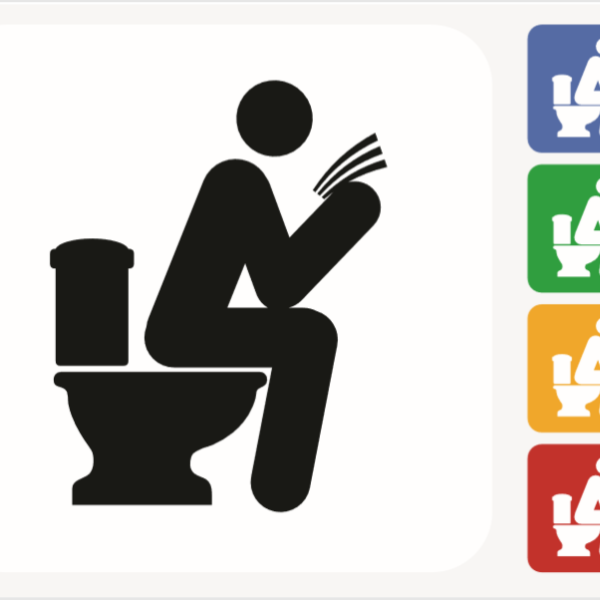Heavy metals toxicity caused by increasing levels of pollution and use of chemicals in industry is a growing threat to our health and development of our children. High levels of toxic metals deposited in body tissues and subsequently in the brain, may cause significant developmental and neurological damage.
Urine toxic and essential elements analysis is an invaluable tool for the assessment of retention of toxic metals in the body and the status of essential nutrient elements. Toxic metals do not have any useful physiological function, adversely affect almost every organ system, and disrupt the homeostasis of nutrient elements.
Analysis of the levels of toxic metals in urine after the administration of a metal detoxification agent is an objective way to evaluate the accumulation of toxic metals. Acute metal poisoning is rare. More common, however, is a chronic, low-level exposure to toxic metals that can result in significant retention in the body that can be associated with a vast array of adverse health effects and chronic disease. One cannot draw valid conclusions about adverse health effects of metals without assessing net retention. For an individual, toxicity occurs when net retention exceeds physiological tolerance. Net retention is determined by the difference between the rates of assimilation and excretion of metals.
To evaluate net retention, one compares the levels of metals in urine before and after the administration of a pharmaceutical metal detoxification agent such as EDTA, DMSA or DMPS. Please discuss how best to evaluate your body burden of heavy metals with a qualified health care provider.
Turn Around Time: 7 to 10 days


